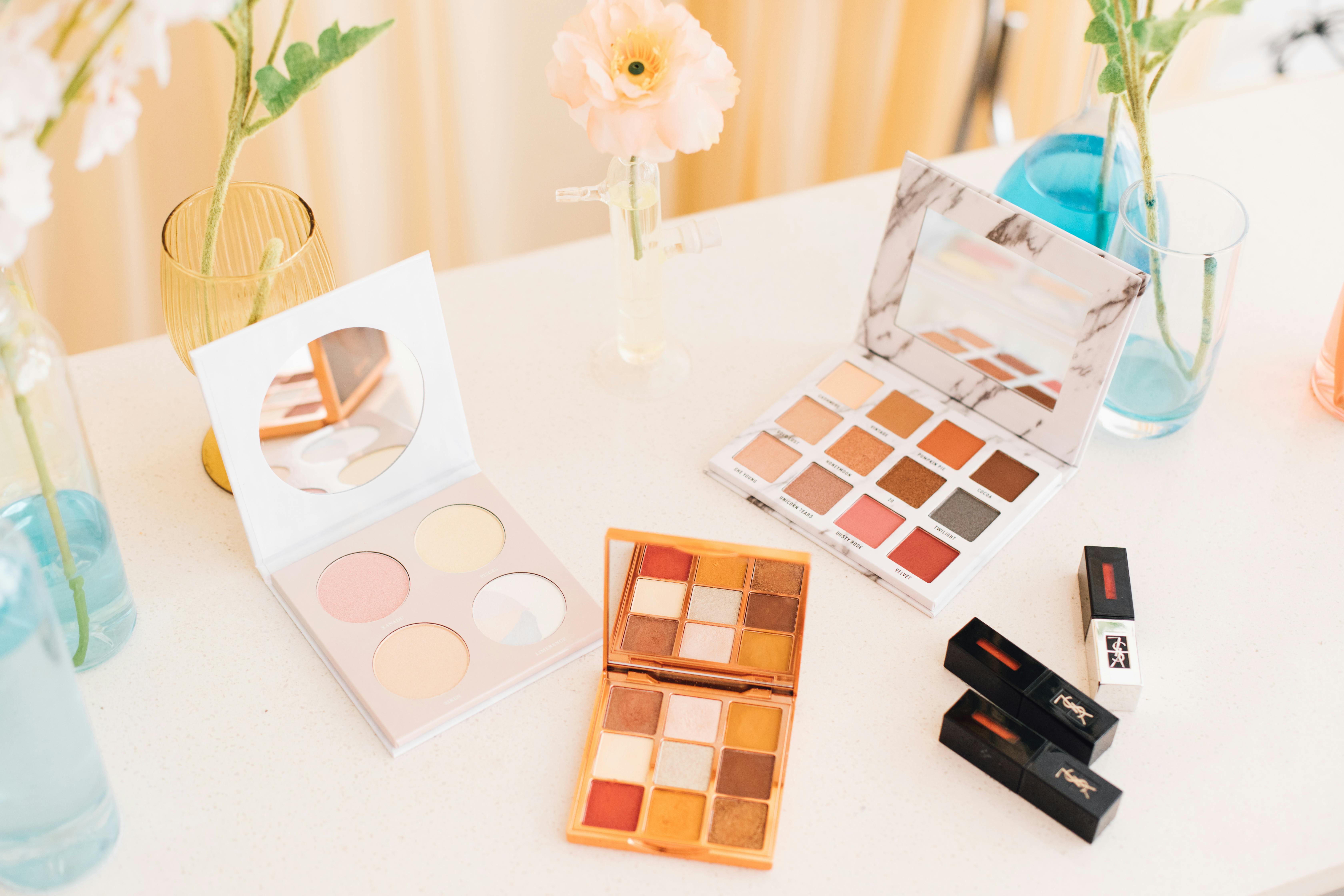
Some reasons for vaginal itching include:
synthetic clothing
Clothing made of synthetic (man-made) fibers such as polyester, rayon, and nylon do not allow the skin to “breathe.” Breathing in this context means air moving around the vaginal areas. These synthetic materials, especially when made into tight-fitting panties, can cause moisture to accumulate on the surface of the skin they cover. This moist skin that rubs against itself or clothing can cause itchiness and redness. Wearing underwear made from natural fibers like cotton can help keep vaginal areas drier.
Chafing caused during sex
Many women find it itchy in and around the vagina after intercourse, mainly due to chafing caused during intercourse. Chafing often occurs during sexual intercourse when pubic hair rubs against sensitive genital skin. Waxing can help prevent this from happening.
Fungal infections of the vagina
Fungal infections, also known as yeast infections, Candida (candidiasis), or thrush, are a common cause of severe vaginal itching, redness, and pain. Signs of Candida include a white or yellowish discharge similar to “cottage cheese” and a “cheese-like” odor. There are many products on the market, both natural pharmaceuticals and over-the-counter (OTC) that can help reduce or eliminate this naturally occurring overgrowth of the fungal microbe. Candida albicans. If you are in doubt as to whether you have a yeast infection in the vagina or not, see your doctor for a diagnosis.
Bacterial and other infections of the vagina
Bacterial infections such as bacterial vaginosis and protozoal infections caused by a small parasite called Vaginal trichonomas It can cause itching, as well as foul-smelling discharge (fishy or like rotting meat) and pain. If you suspect you may have a bacterial or protozoal infection or don’t know what the problem might be, see your doctor; antibiotic treatment may be necessary.
sexually transmitted infections
STIs (sexually transmitted infections) can cause itching. Some examples of STIs include chlamydia, gonorrhea, and genital herpes. If you suspect you may have an STI, see a doctor so they can properly diagnose and treat it.
How to relieve vaginal itching
There are a number of different types of vaginal itch relief products on the market, including:
Local anesthetic type creams
Local anesthetic creams numb the nerve endings around the vagina. These products have a chemical anesthetic such as benzocaine as the active ingredient. They are recommended for external vaginal use. When the local anesthetic wears off, itching often returns because the creams do not contain any ingredients that help resolve the cause of vaginal itching.
Antifungal Pills, Creams, and Pessaries
Antifungal products work well if you know you have a fungal infection. Oral pills usually contain the antifungal chemical, fluconazole. However, fluconazole taken by mouth can affect the whole body and not just the vagina. Indiscriminate ‘whole body’ antifungal action can cause other microbes, such as bacteria, to proliferate in other parts of the body, as bacteria are generally kept in a state of natural balance by healthy competition from other microbes.
Antifungal creams and pessaries contain other “-azole” medications such as clotrimazole, miconazole, thiocinazole, and butoconazole. These pharmaceutical antifungal treatments can be effective for vaginal itching if the itching is caused by Candida microbes. These drugs are ineffective for vaginal itching that is not the result of fungal infections. There can also be problems with antifungal drug treatments when Candida fungus microbes develop resistance to them. Antifungal medications are becoming ineffective for many women who frequently suffer from Candida infections.
Natural options to relieve vaginal itching
shower with tea tree oil
Tea tree essential oil has been widely used in herbal medicine for the treatment of vaginal itching. Tea tree oil is naturally antifungal and antibacterial, helping to address the causes of vaginal itching as well as relieving the itch itself. If you plan to use tea tree oil as a douche, you should be careful to dilute the oil with water to avoid burning the delicate skin around and inside the vagina. Always test a small area of skin on the outside of the vagina first before spraying the mixture inside the vaginal opening.
Yoghurt
Always use the plain, unsweetened, unflavored type of yogurt. Yogurt contains beneficial “lactobacillus” bacteria, “good bacteria” that can effectively compete with any “bad” microbes that may be causing your discomfort. Yogurt can be applied directly to the vagina with clean fingers. Eating yogurt, while beneficial, is not going to be directly effective!
Vinegar
Douching with diluted, unfiltered apple cider vinegar can help restore the correct acidity in the vagina. However, be careful to notice if the itching increases or decreases. A vagina that is too acidic is an environment where the Candida fungus thrives.
epsom salts
Soaking in a sitz bath that contains Epsom salts can help reduce acidity in the vagina. Take care again to notice if the itchiness increases or decreases – bacteria love vaginas that aren’t acidic enough!
Leave a Reply